In an earlier post, Raise The Money summarized the SXSW session led by 2012 Obama campaign data analytics expert, Dan Wagner, and explored the relationship between political organizations and technology through history. In this follow up, we will focus on the current presidential election, using data analytics as a tool for understanding the Trump phenomena and the changing nature of the American candidate.
It was mentioned in that earlier post that the most hateful, mud-slinging election in American history was also one of its first, the heated contest between John Adams and Thomas Jefferson. And while it seems as though the fierce, wife-targeting antics of Donald Trump and Ted Cruz represent a new low in political low blows, their claims seem mild compared to Adams’ claim that, were Thomas Jefferson to win the election, people would be murdered in the streets, more women would be raped, and there would be civil war.
The point in raising this skeleton from history’s closet is simply to show that changes to communications technology from the printing press to the internet have not changed the character of presidential elections, only their methods. The printing press made spreading information faster and easier. Broadcast television increased the speed of information and added the experience of seeing and hearing a candidate. But the rise of social media is its own animal entirely.
Before venturing into the changes social media has brought to politics, it’s important to note what stays the same. Abraham Lincoln, for all his legendary status, is not as well known for one of his greatest accomplishments, that of defining the strategy for all modern campaigns. Lincoln wrote a memo in which he detailed this strategy, that campaigns should: 1) build a database; 2) classify the electorate into supporters, non-supporters and undecided; 3) persuade undecided; and 4) poll often to collect data. The latest technological feats mostly just scale up Lincoln’s approach.
But social media is not just another channel on which politicians can place their campaign assets. Instead, social media is a process both of sending and collecting information. Lincoln’s dreams of data collection could never imagine the success of social media in collecting, categorizing and collating vast amounts of information on individual voters and demographic groups of any variety. In addition, social media allows targeting groups with absolute precision, another possibility Lincoln would never have considered possible. Wagner summed up this point. “Politics is the most data-driven industry in the country.”
Social, mobile and distributed computing are disrupting the political model. Jeb Bush spent over $100 million on television ads and received almost zero delegates. Such a low return has never appeared in politics, where huge amounts of resources have always been spent on television ad buys. Trump knows this as well. He has spent the least and probably has a 1000x return on his investment versus other candidates in the field. But why has Trump been so successful? Is there data to shed light on this social phenomena?
Wagner explained that social media and the mobile web are uncovering who voters are and uncovering when biases are occurring in polls. Early polls showed Trump at a distinct disadvantage because they did not take into account that Trump voters were different. They lean more toward the center, and they are less likely to vote. Put another way, these polls did not understand that Trump was not competing with other candidates for the same finite group of voters. Trump voters are a different category of unlikely, more moderate voters. Only social media helped reveal the truth behind Trump’s rise to prominence.
Social media is changing the way different groups talk about elections. Instead of a handful of sources being broadcast to the majority of politically interested American citizens, separate conversations continue to develop. Disparate voters discuss different issues to likeminded friends and influencers, and the gap between the two parties continues to grow. Wagner urges that the distance between these dialogues is dangerous to the democratic process. The new candidate, he hopes, will learn where these communities overlap and use this data to find common ground, rather than playing to individual differences.
